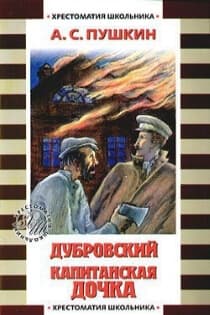Почему - Саманта Клейнберг (2017)
-
Год:2017
-
Название:Почему
-
Автор:
-
Жанр:
-
Язык:Русский
-
Страниц:160
-
Рейтинг:
-
Ваша оценка:
Автор показывает, что такое причинно-следственная связь, поясняет, почему в ее определении мы часто ошибаемся, как можно принимать верные решения. Благодаря этой книге вы научитесь анализировать информацию, выявлять причинно-следственные связи, объединять прошлое, предсказывать будущее.
Книга будет интересна философам, аналитикам, экономистам, медикам, юристам, начинающим ученым.
Почему - Саманта Клейнберг читать онлайн бесплатно полную версию книги
Vickers, A. (2010). What is a P-value anyway?: 34 stories to help you actually understand statistics. Addison-Wesley, Boston.
Vlahos, J. (2012). The Case of the Sleeping Slayer. Scientific American, 307(3): 48–53.
Waldmann, M. R. and Hagmayer, Y. (2005). Seeing Versus Doing: Two Modes of Accessing Causal Knowledge. Journal of Experimental Psychology: Learning, Memory, and Cognition, 31(2): 216–227.
Ward, A. C. (2009). The role of causal criteria in causal inferences: Bradford Hill’s “aspects of association.” Epidemiologic Perspectives & Innovations, 6(1): 2.
Watts, D. J. (2011). Everything Is Obvious: How Common Sense Fails Us. Crown Business, New York.
Waxman, O. B. (2012). Secret to Winning a Nobel Prize? Eat More Chocolate. TIME.com. Retrieved from
Weiss, N. S. (2002). Can the “Specificity” of an Association be Rehabilitated as a Basis for Supporting a Causal Hypothesis? Epidemiology, 13(1): 6–8.
White, P. (2013). Apportionment of responsibility in medical negligence. North East Law Review, 1: 147–151.
Wicks, P., Vaughan, T. E., Massagli, M. P., and Heywood, J. (2011). Accelerated clinical discovery using self-reported patient data collected online and a patient-matching algorithm. Nature Biotechnology, 29(5): 411–414.
Wiener, N. (1956). The theory of prediction. In E. Beckenbach (ed.), Modern Mathematics for the Engineer, pp. 165–190. McGraw-Hill, New York.
Wolpert, D. H. and Macready, W. G. (1997). No free lunch theorems for optimization. IEEE Transactions on Evolutionary Computation, 1(1): 67–82.
Woodward, J. (2005). Making Things Happen: A Theory of Causal Explanation. Oxford University Press, New York.
Woolf, A. (2000). Witchcraft or Mycotoxin? The Salem Witch Trials. Clinical Toxicology, 38(4): 457–460.
Wright, R. W. (1985). Causation in Tort Law. California Law Review, 73(6): 1735–1828.
Wright, R. W. (1987). Causation, Responsibility, Risk, Probability, Naked Statistics, and Proof: Pruning the Bramble Bush by Clarifying the Concepts. Iowa Law Review, 73: 1001–1077.
Wright, R. W. (2007). Acts and Omissions as Positive and Negative Causes. In J. W. Neyers, E. Chamberlain, and S. G. A. Pitel (eds.), Emerging Issues in Tort Law, pp. 287–307. Hart Publishing, Oxford.
Writing Group for the Women’s Health Initiative Investigators (2002). Risks and Benefits of Estrogen Plus Progestin in Healthy Postmenopausal Women: Principal Results From the Women’s Health Initiative Randomized Controlled Trial. JAMA, 288(3): 321–333.
Young, S. S. and Karr, A. (2011). Deming, data and observational studies. Significance, 8(3): 116–120.
Yule, G. U. (1903). Notes on the Theory of Association of Attributes in Statistics. Biometrika, 2(2): 121–134.
Zou, X., Tam, K.-P., Morris, M. W., Lee, S.-L., Lau, I. Y.-M., and Chiu, C.-Y. (2009). Culture as common sense: Perceived consensus versus personal beliefs as mechanisms of cultural influence. Journal of Personality and Social Psychology, 97(4): 579–597.
Эту книгу хорошо дополняют:
Управление на основе данных
Тим Филлипс
Голая статистика
Чарльз Уилан
Статистика
Грейди Клейн и Алан Дебни
Маркетинг, основанный на данных
Марк Джеффри
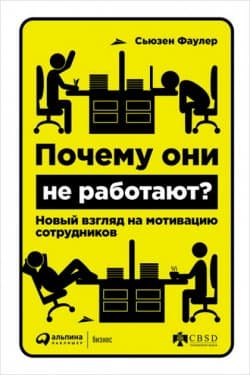 Почему они не работают? Новый взгляд на мотивацию сотрудников Сьюзен Фаулер
Почему они не работают? Новый взгляд на мотивацию сотрудников Сьюзен Фаулер
 Королевство Аманда Стивенс
Королевство Аманда Стивенс
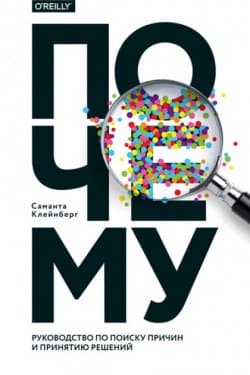 Почему Саманта Клейнберг
Почему Саманта Клейнберг
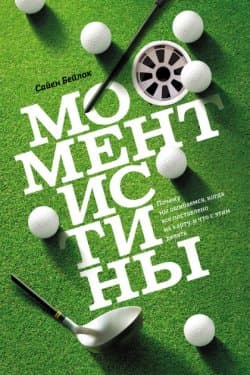 Момент истины. Почему мы ошибаемся, когда все поставлено на карту, и что с этим делать? Сайен Бейлок
Момент истины. Почему мы ошибаемся, когда все поставлено на карту, и что с этим делать? Сайен Бейлок
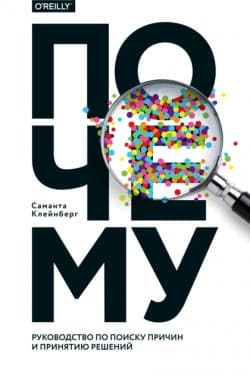 Почему. Руководство по поиску причин и принятию решений Саманта Клейнберг
Почему. Руководство по поиску причин и принятию решений Саманта Клейнберг
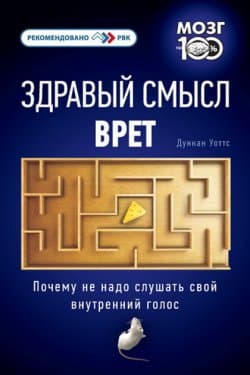 Здравый смысл врет. Почему не надо слушать свой внутренний голос Уоттс Дункан
Здравый смысл врет. Почему не надо слушать свой внутренний голос Уоттс Дункан
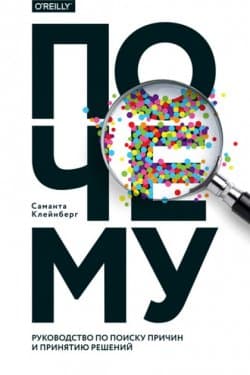
 Пир теней
Пир теней  Князь во все времена
Князь во все времена  Когда порвется нить
Когда порвется нить  Пока я здесь
Пока я здесь 




